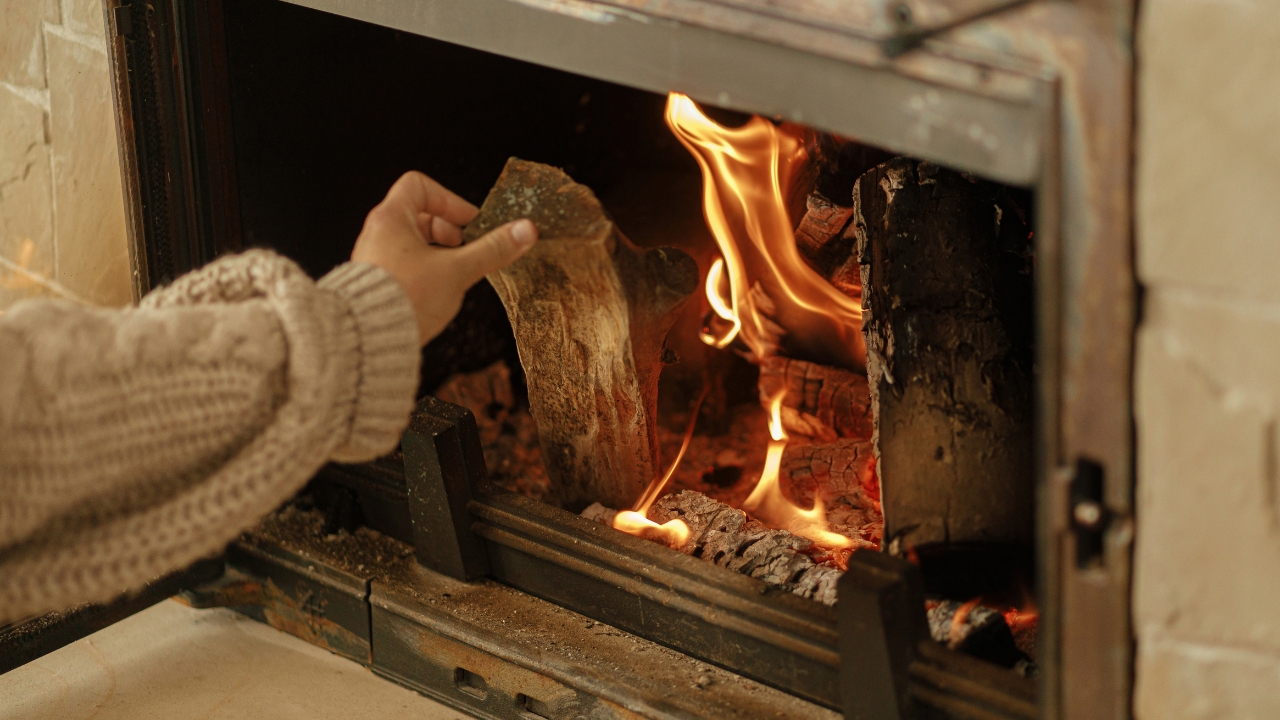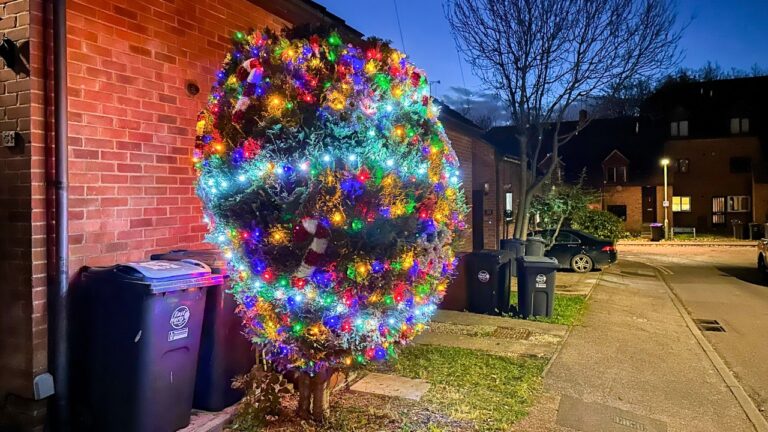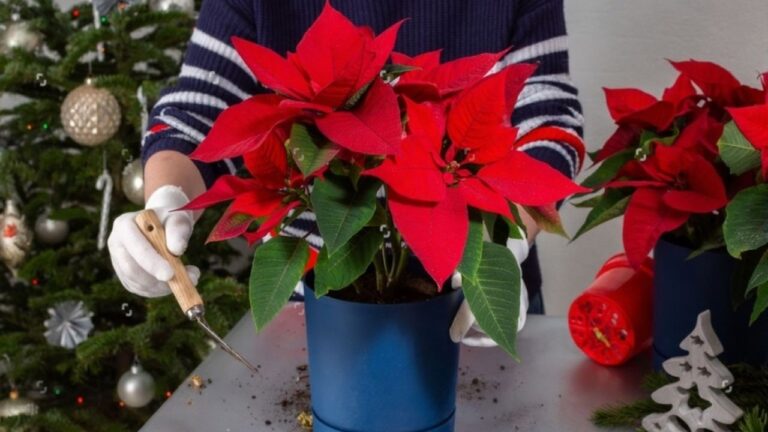10 mistakes that make firewood dangerous, according to pros
Firewood seems simple, but how you store and burn it makes a big difference in safety. Experts say the wrong habits can put your home at risk, from pests to chimney fires. These are the mistakes you’ll want to avoid.
Stacking Wood Against the House

Keeping wood piles directly against your siding invites termites, ants, and rodents. Pest control and fire safety experts both say to keep stacks at least 20 feet away from your home. A covered rack is a better option.
Burning Green Wood

Freshly cut wood, called “green” wood, still holds too much moisture. Burning it creates heavy smoke and dangerous creosote buildup in chimneys. Experts recommend seasoning wood for at least six months before burning.
Storing Wood Indoors Long-Term

Bringing in large piles of wood for storage indoors may seem convenient, but pros warn it brings pests inside. Beetles and ants often live in firewood. Instead, only bring in what you’ll use for the day.
Skipping a Chimney Sweep
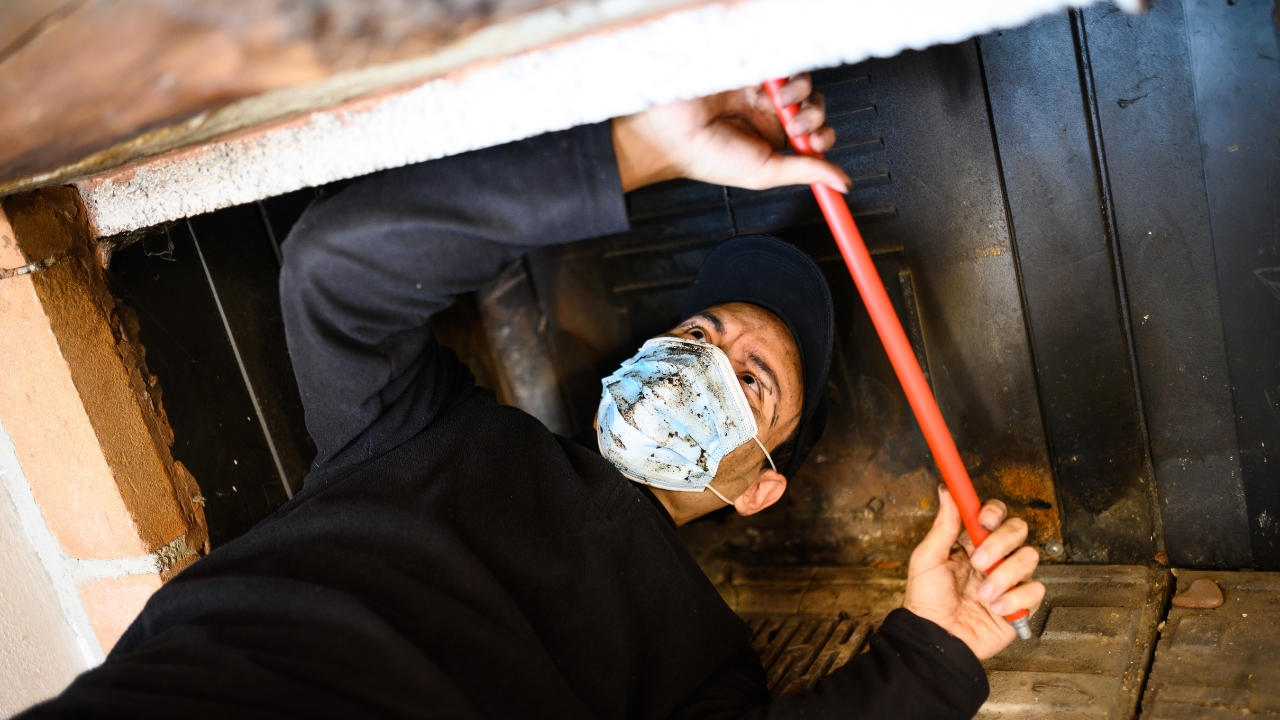
Burning firewood without yearly chimney cleaning increases the risk of chimney fires. Creosote buildup ignites easily, and many homeowners underestimate how quickly it accumulates. Pros recommend an annual sweep before burning season.
Using Painted or Treated Lumber

Throwing scrap boards or painted wood in the fireplace releases toxic fumes. Pros stress that only natural, untreated firewood should ever be used. Pallet wood, painted planks, or pressure-treated boards are unsafe.
Covering Wood Too Tightly

Tarping wood completely can trap moisture instead of letting it season. Experts recommend stacking wood loosely with airflow on the sides and only covering the top to keep out rain.
Burning Softwoods Indoors
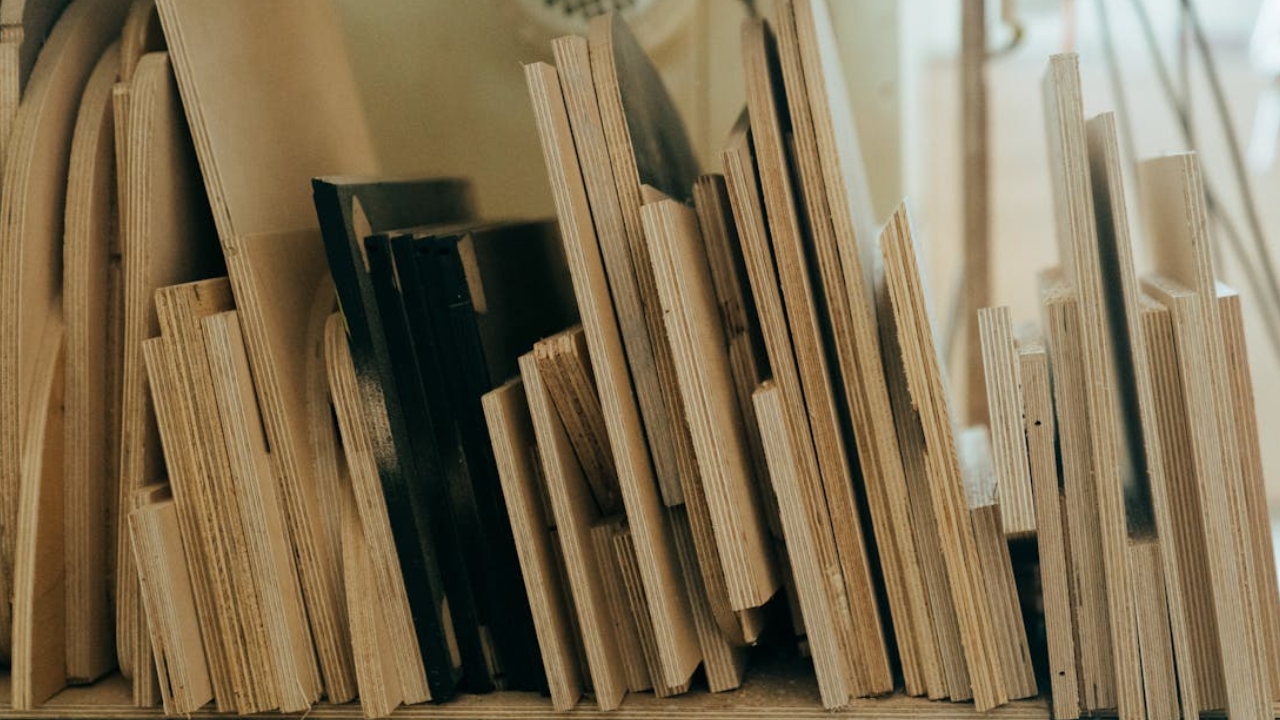
Pine and other softwoods burn fast and create more creosote than hardwoods like oak or maple. While fine for outdoor fires, pros say they shouldn’t be your main fuel indoors. Hardwoods burn cleaner and longer.
Cutting Wood Too Long
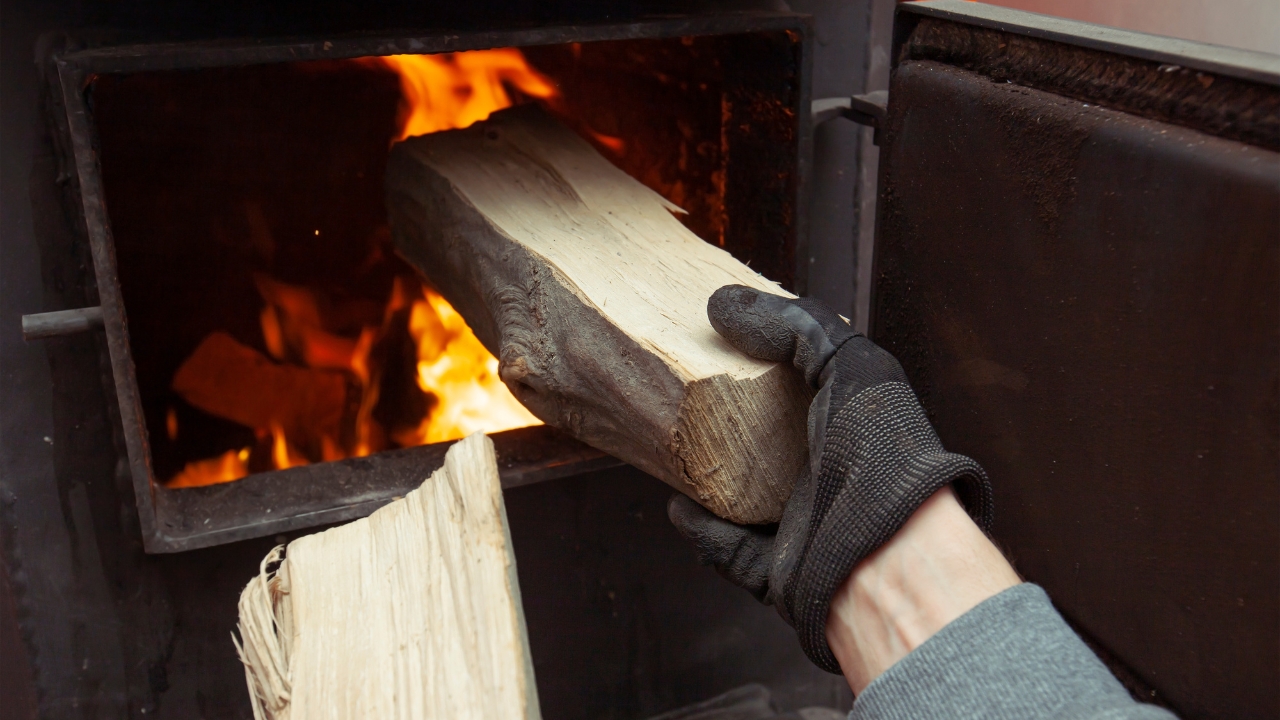
Logs that don’t fit properly in your stove or fireplace create uneven burns and safety hazards. Experts suggest cutting pieces a few inches shorter than your firebox for easier handling and better airflow.
Ignoring Seasoned Signs

Many people burn wood that isn’t fully dry. Pros say seasoned wood is lighter, has cracks on the ends, and sounds hollow when hit together. Burning unseasoned wood risks smoke damage and poor heat output.
Not Having a Fire Extinguisher Nearby
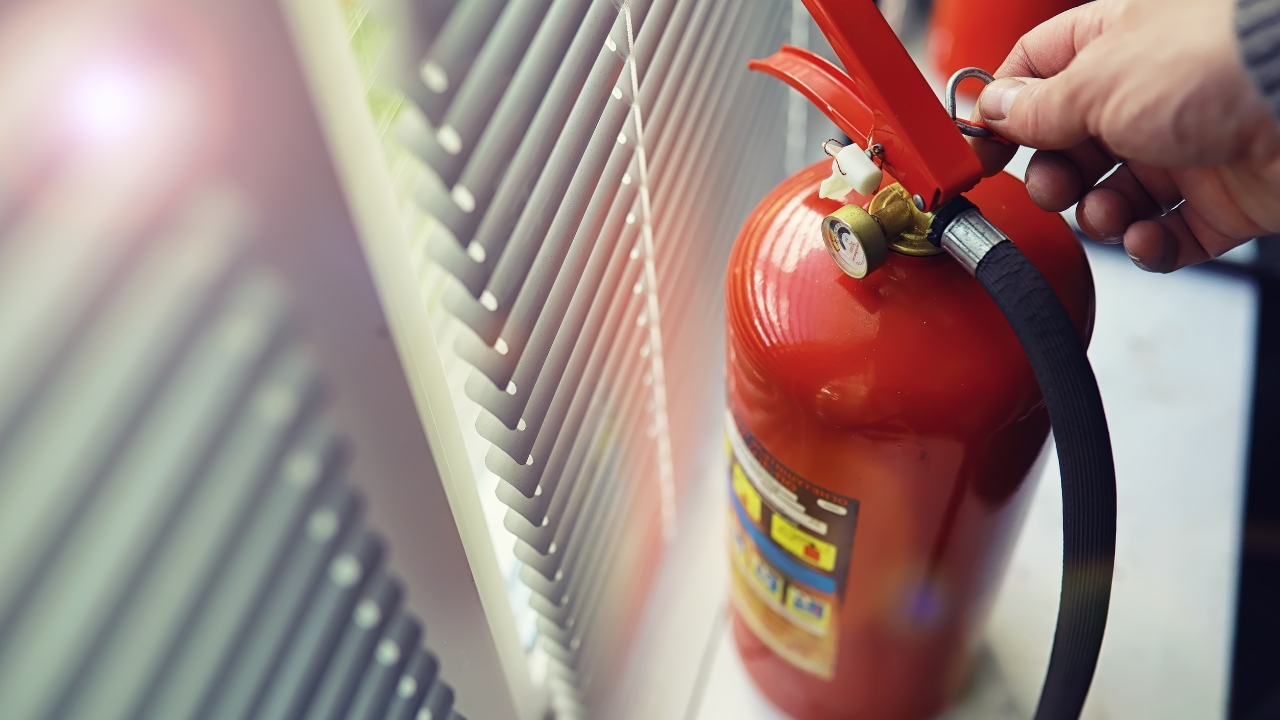
Even with proper wood, accidents happen. Pros always recommend keeping a fire extinguisher near the fireplace or stove. It’s a small step that can prevent a small fire from becoming a disaster.
*This article was developed with AI-powered tools and has been carefully reviewed by our editors.

